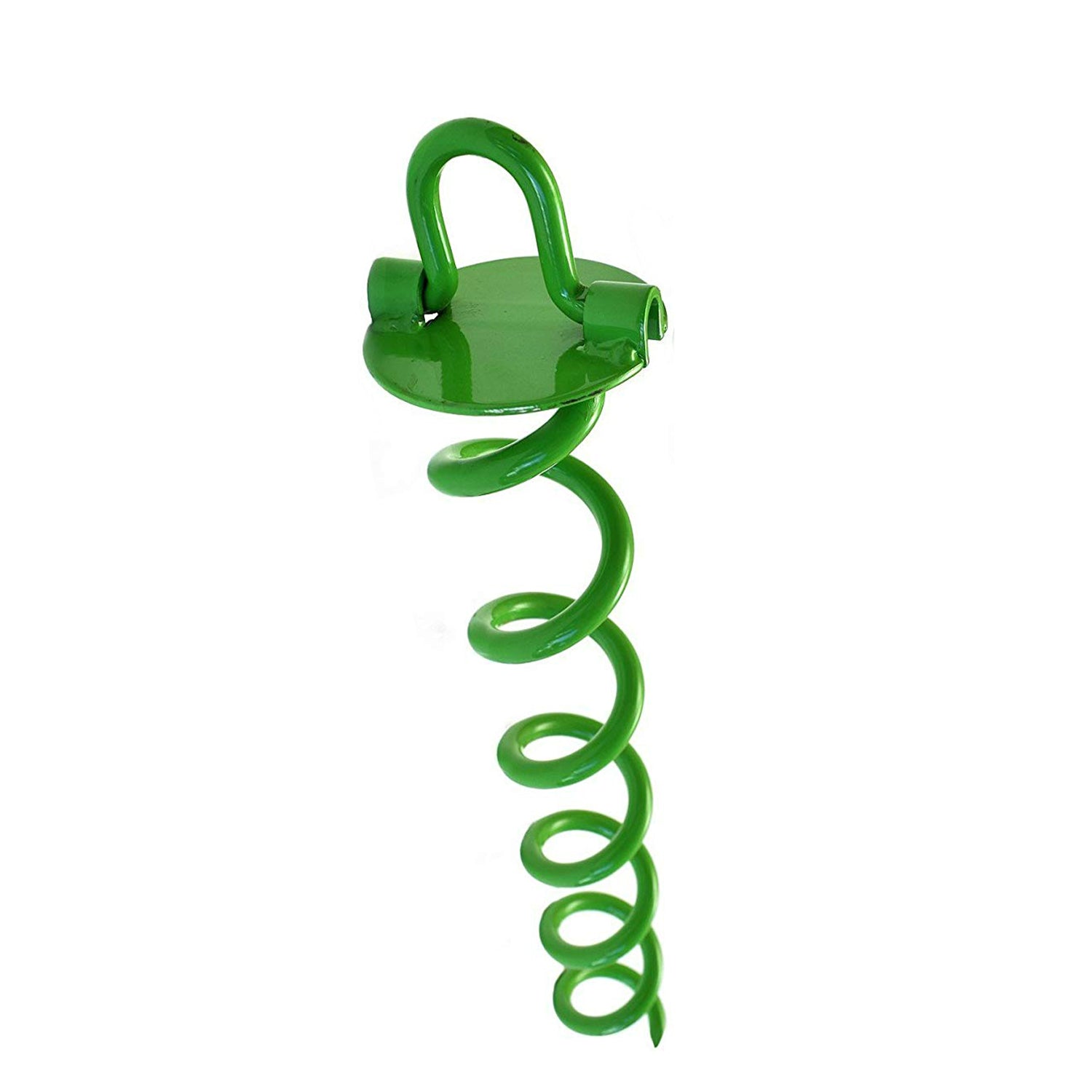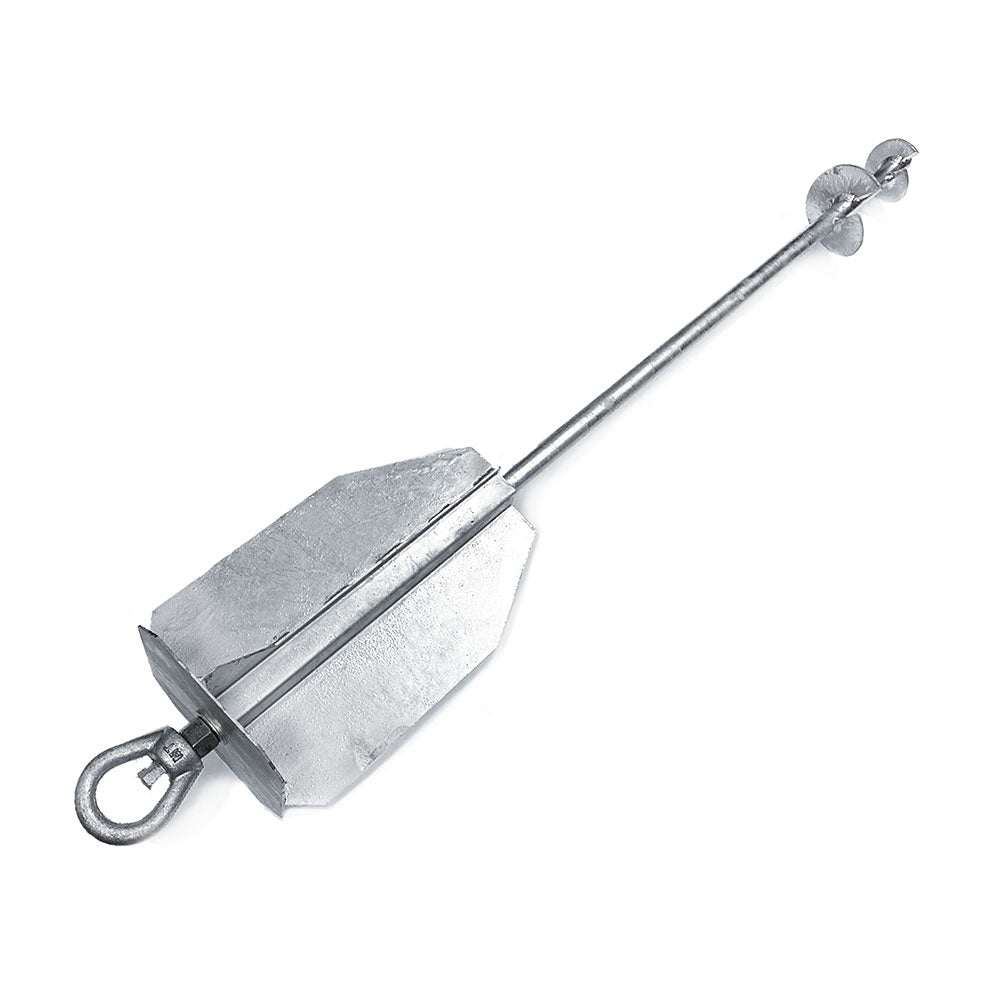Key Things to Keep in Mind Before Investing in a Heavy-Duty Ground Anchor
Key Things to Keep in Mind Before Investing in a Heavy-Duty Ground Anchor
Blog Article
Understand Why Ground Anchor Is Necessary for Safety And Security and Toughness
Ground anchors are a crucial element in building and construction, offering vital assistance and stability for various frameworks. Their ability to transfer tons efficiently to the ground not only improves structural stability yet likewise plays a considerable function in mitigating risks related to ecological aspects, such as unpredictable dirt and seismic task. Recognizing the different kinds and applications of ground supports can brighten their indispensable function in making certain security and sturdiness. The details of their setup and the benefits they supply might not be immediately obvious, triggering additional expedition right into this crucial topic.
Function of Ground Anchors in Building
Ground supports play a crucial duty in construction by providing important assistance and stability to structures. These tools are created to move tons from a framework to the ground, making sure that buildings and various other frameworks stay secure under numerous conditions. Ground anchors are especially important in circumstances where dirt conditions are unpredictable or where there is a threat of side movement, such as on slopes or near bodies of water.
The installment of ground anchors includes boring right into the planet to reach steady soil or bedrock, where the anchors can be securely secured. This process not only boosts the architectural stability of a project yet also minimizes the dangers related to dirt erosion and moving. Furthermore, ground anchors can be used in short-term frameworks, such as building sites, where they provide necessary stabilization during the building process.
Ground anchors likewise contribute to the long life and toughness of structures by reducing the possibility of settlement and failing. Ground Anchor. By efficiently distributing and taking care of tons, these necessary components are important in keeping safety and security standards and guaranteeing the integrity of numerous building and construction tasks. In general, the importance of ground supports in building can not be overstated, as they are essential to successful engineering practices
Kinds of Ground Anchors


While numerous sorts of ground supports exist, each serves certain applications and conditions within construction projects. One of the most usual types include mechanical anchors, grouted anchors, and driven supports.
Mechanical anchors, such as development supports, utilize a mechanical activity to secure the support within the substrate - Ground Anchor. These are commonly employed in light-weight applications, like safeguarding fixtures to stonework or concrete
Grouted supports, on the other hand, include drilling a hole, putting a steel pole or wire, and afterwards filling the annular room with grout. This approach appropriates for high-load circumstances, using improved stability and resistance to dynamic forces frequently discovered in heavy building.
Driven anchors are normally mounted by driving a steel rod or pipe into the ground, making them ideal for temporary applications such as securing scaffolding or formwork. They are fast to install and can be removed easily when no more needed.
Various other specialized anchoring systems consist of helical supports, which are screw-like devices made use of in different dirt conditions, and deadman anchors, which rely on the weight of a hidden challenge provide security. Each sort of ground support is designed to fulfill specific design demands, ensuring security and architectural stability.
Advantages of Utilizing Ground Supports
The benefits of making use of ground anchors in building and construction tasks are considerable, enhancing both safety and security and structural efficiency. Ground anchors offer important resistance versus lateral pressures, such as dirt motion, wind tons, and Resources seismic task. This resistance helps preserve the security of frameworks, protecting against possible failings that might result in unsafe situations or pricey repairs.
Moreover, ground supports promote the efficient transfer of lots from frameworks to the bordering dirt, making certain a balanced distribution of weight. This tons transfer reduces the risk of shifting or clearing up, which can jeopardize the stability of a building gradually. By using ground supports, engineers can additionally produce more efficient designs, as they enable slimmer architectural elements while keeping safety and security criteria.
In addition, ground supports are functional and adaptable to different soil conditions and task demands. Their setup can often be completed promptly and with very little disruption to the surrounding environment, making them a reliable choice for lots of building applications. Eventually, the usage of ground supports boosts not just the sturdiness of structures but likewise contributes to a much safer working setting for building and Your Domain Name construction employees and future passengers.
Common Applications and Uses
Many construction projects take advantage of ground supports for their performance in enhancing stability and safety. These functional parts are generally employed in different applications across the building and construction and civil design sectors. One prevalent application is in preserving wall surfaces, where ground supports provide the needed support to stop dirt motion and keep structural honesty.
In addition, ground anchors are crucial in safeguarding short-lived structures, such as scaffolding and shoring systems, ensuring they remain secure throughout building and construction tasks. In the realm of foundation assistance, they are used to strengthen existing structures, particularly in areas prone to ground settlement or moving dirt conditions.
Ground supports additionally find comprehensive usage in slope stablizing projects, where they help mitigate landslide risks by anchoring the dirt to stable rock formations. One more substantial application remains in the installation of wind turbines, where they secure the base against lateral pressures produced by wind, making sure operational security and durability.
Furthermore, ground anchors are utilized in tunneling projects to maintain the bordering ground during excavation. Their varied applications underscore the essential role ground anchors other play in preserving safety and resilience in numerous building circumstances.
Setup Best Practices
Successful application of ground supports in numerous construction jobs pivots on reliable installation techniques. Proper setup is essential to make certain the supports meet their intended purpose and keep architectural stability gradually. Key finest techniques consist of thorough website evaluation, which entails assessing dirt conditions, load requirements, and environmental variables that might affect support efficiency.
Prior to setup, it is crucial to choose the proper sort of ground support based upon the specific application and soil features. Utilizing top notch materials and adhering to supplier requirements will improve the support's toughness and efficiency. Throughout installation, make sure that the support is put at the right angle and depth, as these factors considerably impact load-bearing capacity.
Normal assessments are likewise suggested to keep an eye on the problem of the anchors and bordering dirt. By adhering to these installation best specialists, practices and engineers can boost the safety and security and longevity of frameworks reliant on ground anchors.

Final Thought
In recap, ground anchors are crucial elements in building and construction, significantly enhancing safety and security and resilience. Their ability to move lots properly mitigates risks connected with unsteady dirt and lateral movements. The varied kinds and advantages of ground anchors, coupled with their extensive applications, highlight their value in both short-lived and long-term frameworks. Sticking to setup ideal methods makes certain ideal efficiency, consequently adding to the overall stability and longevity of building and construction tasks.
The installment of ground anchors includes drilling into the planet to reach secure soil or bedrock, where the anchors can be firmly secured.The benefits of making use of ground anchors in construction jobs are substantial, boosting both safety and security and architectural performance.Many construction jobs leverage ground anchors for their efficiency in boosting security and safety and security.Effective application of ground anchors in various building tasks hinges on efficient installment techniques.In recap, ground supports are vital components in building, substantially enhancing security and sturdiness.
Report this page